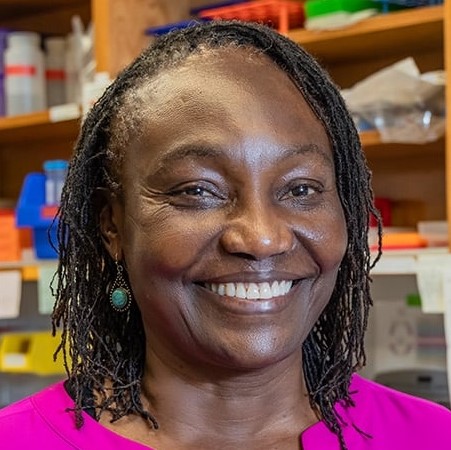Environmental Health Disparities
Disproportionate impact of environmental pollution on overburdened communities
We provide technical support to community partners to address their questions about environmental pollution while performing comprehensive research to better understand interactions between environmental contaminants and social factors that may impact human health. We quantify pollutant exposures, access to green space and other environmental assets, and associated human health effects that our community partners may use to understand their personal and community health risks to inform decision-making.
Main goals: Stimulate collaboration around best practices for providing policy-relevant technical support to community partners
Group Leaders

Richmond-Bryant, Jennifer
Associate Professor of the Practice, Dept. of Forestry & Environmental Resources
Email | Bio
Dr. Richmond-Bryant joined the Forestry and Environmental Resources department at North Carolina State University as an Associate Professor of the Practice in 2019 after holding previous positions at the U.S. Environmental Protection Agency and City University of New York. Her research specializes in human exposure to air pollution with a focus on marginalized communities. She is a project director with the Louisiana State University Superfund Research Program (P42ES013648; PI Cormier), assessing air pollution and health impacts of emissions from an open burn/open detonation (OBOD) hazardous waste thermal treatment facility in Colfax, LA. Dr. Richmond-Bryant leads a U.S. Department of Agriculture National Needs Fellowship focused on post-doctoral environmental justice training. She coordinates a university-wide effort called RAISE, an initiative to provide technical assistance to communities in addressing challenging problems involving exposure to environmental pollution. The EHD RIG is concerned both with providing technical support to community partners and advancing our understanding of interactions between environmental contaminants and social determinants of health, both of which are fundamental to Dr. Richmond-Bryant’s research program.

Hoyo, Cathrine
Professor, Dept. of Biological Sciences
Email | Bio
Dr. Hoyo is a Goodnight Innovation Distinguished Professor in the Department of Biological Sciences and is Director of the Epidemiology and Environmental Epigenomics Laboratory. She is a molecular epidemiologist interested in epigenetic mechanisms linking environmental exposures to racial/ethnic differences in risk and mortality for obesity, diabetes, and cancer. She has assembled two large human cohorts (NEST and STRIVE), through numerous NIEHS and other grants, that have produced strong evidence that environmental contaminants contribute substantially to liver disease and ethnic disparities via epigenetic mechanisms. Dr. Hoyo will provide expertise, consultation, and training in study design and implementation and translation of basic science CHHE discoveries. She will also facilitate access to and analysis of the extensive data, including human specimens, associated with the NEST and STRIVE cohort studies through her resource lead role in TRSC.
